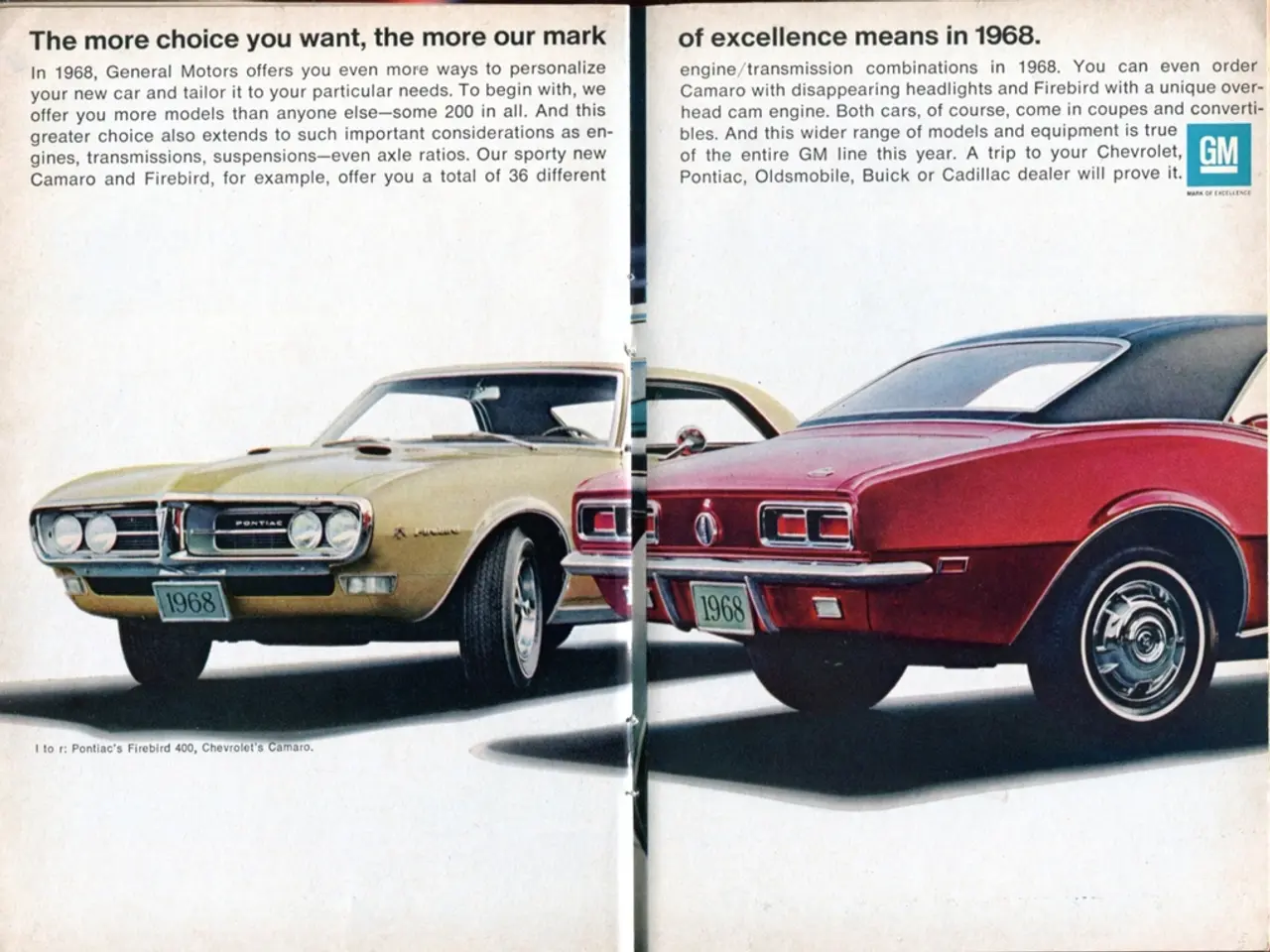Repeated watches of Must-See Cinematic Classics
In the realm of cinematic history, a select group of films have left an indelible mark, ensuring they will be watched, discussed, and cherished for generations to come. These iconic films redefine the movie-going experience through groundbreaking visual effects, breathtaking cinematography, and innovative art direction, showing audiences worlds beyond their imagination.
Among the most notable are The Birth of a Nation (1915), Battleship Potemkin (1925), Citizen Kane (1941), The Maltese Falcon (1941), To Kill a Mockingbird (1962), The Dark Knight (2008), Inception (2010), Interstellar (2014), and Get Out (2017).
The Birth of a Nation, despite its deeply racist content, revolutionized filmmaking with its epic scale, close-up shots, and cross-cutting editing techniques, establishing cinematic language still used today. Battleship Potemkin, renowned for its masterful montage editing, has inspired filmmakers worldwide with its powerful depiction of revolution.
Citizen Kane, often cited as one of the greatest films ever made, introduced groundbreaking narrative and visual techniques that shaped modern cinema. The Maltese Falcon, a cornerstone of film noir, set the standard for detective movies and featured iconic performances, especially Humphrey Bogart’s portrayal of Sam Spade.
To Kill a Mockingbird, a powerful drama tackling racism and morality in the Deep South, features the unforgettable character Atticus Finch as a moral beacon. The Dark Knight, a defining superhero movie, blended complex characters with intense storytelling, influencing the genre deeply.
Inception and Interstellar, both directed by Christopher Nolan, innovatively explore complex narratives around dreams and space, reshaping sci-fi storytelling. Get Out, a modern horror classic, uses the genre’s metaphoric power to address racial tensions, becoming culturally significant and widely praised.
These films are celebrated not just for their artistry but also for how they changed cinematic techniques and storytelling approaches, fostered cultural conversations, and captivated global audiences across diverse eras and societies.
The visual splendor of these films integrates seamlessly with the story to enhance the narrative and create immersive environments. Characters in these films become like old friends, with heroes, villains, and every shade of character in between resonating with viewers and becoming household names.
The soundtracks of these films play in viewers' minds long after the credits roll, with scenes being reenacted with friends and lines echoing through cinematic history. The composers of these soundtracks have mastered the art of musical storytelling, weaving themes and motifs that become integral to the film's identity.
These cinematic masterpieces have cemented their place in the hearts of movie enthusiasts, influencing countless other works and setting standards for storytelling excellence. They are not just watched; they are lived and relived, becoming a part of viewers' personal stories.
These films are studied in film schools, spawn franchises and adaptations, and become benchmarks for excellence in cinematic history. The true measure of an iconic film is the legacy it leaves behind, as it can entertain, inspire change within the film industry, and influence social movements.
In conclusion, these iconic films are more than just entertainment; they are cultural touchstones that reflect and shape society, pushing the boundaries of storytelling and visual effects, and captivating audiences with their unforgettable characters, immersive environments, and powerful narratives.
Entertainment and movies-and-tv have been transformed by these iconic cinematic masterpieces, showcasing imaginative worlds and revolutionary techniques that have left an indelible mark on cinematic history. The films include The Birth of a Nation, Battleship Potemkin, Citizen Kane, The Maltese Falcon, To Kill a Mockingbird, The Dark Knight, Inception, Interstellar, and Get Out. Each of these films has not only been celebrated for their artistry but also for how they changed cinematic techniques and storytelling approaches, fostering cultural conversations and captivating global audiences.








